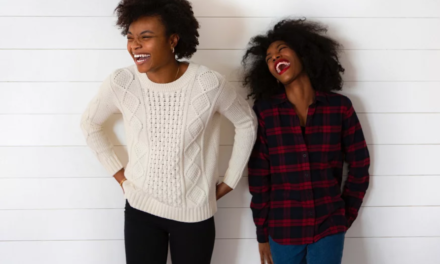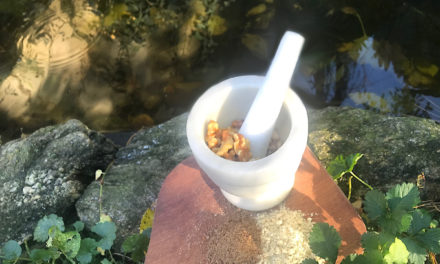Back in March we may have hoped the country would be back to normal functioning by July. Yet the daily numbers make it clear a lot of us are going to need to stay at home for a good bit longer. For those of us not leaving the house to go to work or to socialize, that’s outdoor time we’re now losing. Given that adequate sunshine is our best source of vitamin D, is this a concern? We turned to nutrition expert Julieanna Hever, a member of the AVS Speakers Bureau, for her tips on getting vitamin D in these circumstances.

Vitamin D is easy to come by IF you’re out in the sun all day, which very few of us now are.
We all need vitamin D. Insufficiency and deficiency have been associated with driving the severity and mortality of COVID. Supplementation of the vitamin may improve clinical outcomes of patients infected with COVID-19.
So, what are good ways to get sun-on-skin while sheltering in place, considering different levels of access to wide open spaces that different people have?
Sun exposure is more effective at raising serum levels than taking supplements. While many of us are sheltering at home, it is helpful to simply go outside, even if you are standing still or sitting, perhaps enjoying a book, or performing some exercise. If you can, go for a walk, jog, or other outdoor activity using proper protection, such as a hat and sunglasses.
Spend enough time in the sun — between 5 minutes and a half-hour — to receive adequate UVB ray exposure without having your skin turn pink or red. The darker your skin is, the more time you may need. Then wait for a while before showering or bathing so there is time for the vitamin D to penetrate the skin.
To receive the most sun, this should be midday (usually between 10 am and 2 pm), without sunscreen on your skin. Expose as much skin as possible without making you feel uncomfortable in front of your neighbors or passers-by. If you’re someone who avoids the hottest, most direct rays, and instead goes outside early or late in the day, you’ll need more exposure time for vitamin-D benefits.

Julieanna Hever (via Twitter.com)
What about foods and supplements? What are best and appropriate for vegans?
Generally speaking, food is not a good source of vitamin D, particularly for vegans. However, irradiated mushrooms can be an excellent source. Paul Stamets suggests bathing your mushrooms in the sun with their caps open (mushrooms turned upside down) to boost vitamin D levels.
It is optimal to test serum levels to get your vitamin D status before deciding to supplement. If your levels are sub-optimal or deficient, consider supplementing with lichen-based vitamin D3. This is the vegan version of D3 and is now widely available. Dosing can be tricky and is based on serum levels and other variables, so consult with a registered dietitian or your physician before doing so.
You can learn more about this unique “sunshine vitamin” here (PDF).




